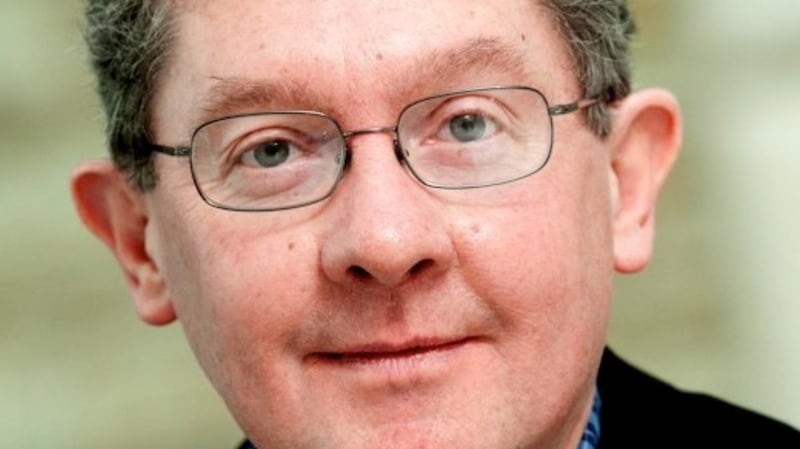The day when quantum computers – far more powerful than even today’s supercomputers – sit on many of our desktops is closer following a breakthrough by an international team.
“Widely available quantum computing will be just as revolutionary – from where we are now – as regular computing was 30 or 40 years ago,” according to Séamus Davis, professor of physics and quantum physics at the University of Oxford and University College Cork; a key member of the research team.
Quantum computers based on the rules of quantum physics – where matter exists as possibilities rather than certainties – can, unlike classical computers, perform innumerable, very fast calculations all at once, rather than in a linear fashion.
A key raw material needed for quantum computers to work are superconductors. These extraordinary materials, which include several metals, ceramics and organic materials, conduct electricity with zero resistance. A laptop built using superconductors would, thus, never heat up with use.
The big problem with superconductors is that they need ultra-low temperatures to work. This helps explain why there is only one fully operational commercial quantum computer in the world; the IBM Q System One, built in 2019 and cooled cryogenically, using liquefied cold gases.
IBM built a “super fridge” to ensure the superconducting materials in the Q System One worked. The fridge operates at minus 273 degrees. That’s colder than space, and just above absolute zero, the temperature where atoms stop moving.
A few years ago Davis and his collaborators discovered why one superconductor worked only at very low temperature. They discovered that electrons – the tiny, highly energetic subatomic particles responsible for electricity – froze solid in the superconducting material when at room temperatures.
“The electrons inside a piece of metal; we all assume they move around,” Davis explains. “That’s how we get the electricity from the power station to our house, and the electrons in a superconductor are perfectly free to move around.”
“Theorists had predicted that there are some metals in which the electrons will crystallise, and they’ll stop moving,” says Davis. “So we invented a new type of microscope to look for that state, and in 2016 we discovered it.”

The microscope that facilitated that discovery was extraordinary as it operated at temperatures some 100 times colder than outer space. Davis built the microscope himself, which he says took him “six person years” to build.
That 2016 success prompted Davis and his colleagues to investigate whether electrons also froze in place in other superconductors. This latest research reported in Science has found that yes, the frozen electron effect is seen at room temperature in easily available superconductors.
This finding is potentially world-changing because it means that if scientists can overcome the frozen electron effect seen in many superconductors at room temperature, then the way is clear for developing quantum computers that don’t require special refrigerated conditions to work.
Intractable problems
The classical computer, scientists know, cannot solve many intractable problems the world faces. These cover problems such as how to predict and then mitigate climate change, how to protect ecosystems and how to protect our data online.
One example of a practical problem beyond today’s computers is how to make Dublin’s commute better for all of its commuters, Davis says.
“You could optimise Dublin’s commute if you knew the location of every person and if you knew the location that they wanted to be, and the time they wanted to be there,” he adds.
“The commute for one person – the optimum commute for one person – depends on the commute for the other 999,999 people,” Davis notes.
Weather prediction over the longer term is another area where classical computers fall down. “The computers we have can predict the weather about five days ahead, but suppose you had to predict the climate 100 years from now? That is absolutely, completely impossible.”
Then there’s the issue of internet security. It is currently impossible, says Davis, for computers to break the internet encryption techniques, in place for 30 years. Yet, a quantum computer, in the wrong hands, could crack the protocols in an hour. This threat requires a quantum security response, he believes.
The world is full of problems that existing computers can’t solve, Davis points out. “We’re being forced to search for new materials with strange and exotic properties, namely quantum mechanical properties, to enhance our technology.”
In his view, quantum computers can provide answers, and there is nothing now standing in the way of their development. “There’s no physics reason. I’m a physicist. I’m not an engineer. There could be some weird engineering reason that I don’t know about, but there’s no physics reason.”













